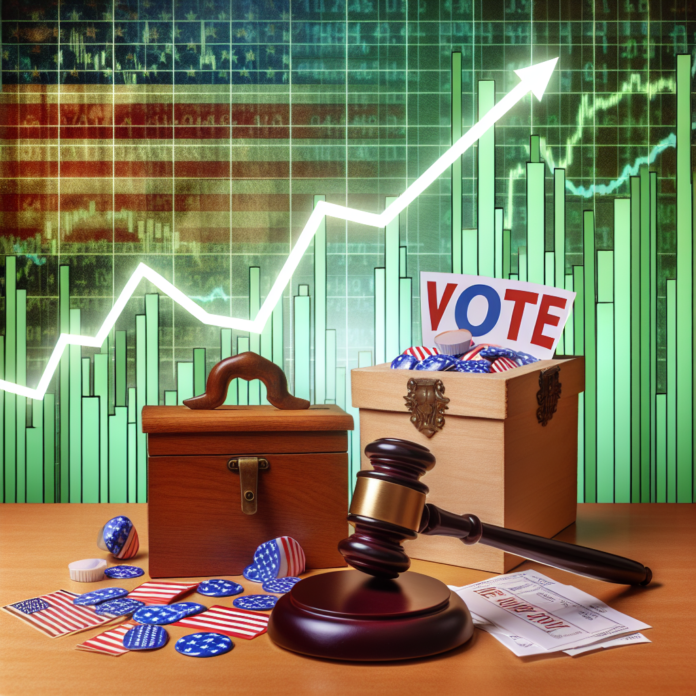As the dust settles on the hard-fought battlegrounds of U.S. midterm elections, investors and financial analysts turn their attention to its historical ally – the stock market. A closer examination reveals an intriguing pattern: post-midterm elections, the Dow Jones Industrial Average (DJIA) often experiences a significant rally. While past performance does not guarantee future results, this observed trend has led to a sense of anticipation among market participants. However, is this expectation founded on sound reasoning, or is it merely speculative hope?
Historical Trends Post-Midterms: A Glance Backward
Historical data has a story to tell, often revealing that the Dow benefits from the clarity and resolution that follows midterm elections regardless of the political outcome. With the uncertainty of policy direction partially lifted, businesses and investors can make more informed decisions, potentially boosting market sentiments and the Dow.
- Historical Dow Jones Data: Macrotrends
Political Impasse and Positive Markets
A divided government, often the result of midterm elections, is typically viewed favorably by investors. The prevailing theory is that when power is split between the two major parties, sweeping legislative changes become unlikely, creating a stable environment for businesses to thrive. This political gridlock can sometimes act as a deterrent to drastic policy moves that might otherwise unsettle the markets.
Rally Catalysts: More Than Just Elections
While midterms serve as a focal point, the anticipated rally may be subject to other independent economic factors at play. Investors may do well to consider the entire ecosystem affecting the stock market, which includes fiscal and monetary policies, geopolitical events, and economic indicators such as inflation and employment rates.
- Economic Indicators and Analysis: Trading Economics
Expert Analysis on the Post-Election Market
To navigate the post-midterm landscape, investors can look to esteemed financial institutions for expert outlook and advice:
- Goldman Sachs Research: Known for its deep market insight, Goldman Sachs often publishes timely analysis on how political events like midterm elections can affect the U.S. stock market.
- J.P. Morgan Asset Management: Offering critical market updates, J.P. Morgan provides investors with the broader economic context that paints a more comprehensive picture of the anticipated rally.
The Psychological Impact on Market Psychology
It is essential to acknowledge that much of what drives market movements in the short term is investor psychology. The anticipation of a post-midterm election rally can itself shape investor behaviors, creating a self-fulfilling prophecy as individuals and institutions align their portfolios to capitalize on potential gains.
Conclusion: A Rally Waiting in the Wings?
In summary, while history may suggest a possible Dow Jones rally post-midterm elections, prudent investors should keep a balanced perspective. It’s wise to position investments considering a holistic view of market conditions while taking into account that past election-year trends do not lock in future market performance. Investor optimism must be tempered with due diligence and an understanding that the stock market is a complex, adaptive mechanism influenced by more than just political milestones. Whether a rally materializes remains to be seen, but preparedness and strategic market monitoring will ensure investors are ready to act on whatever opportunities or challenges lie ahead post-midterms.




 AGF-B.CO
AGF-B.CO